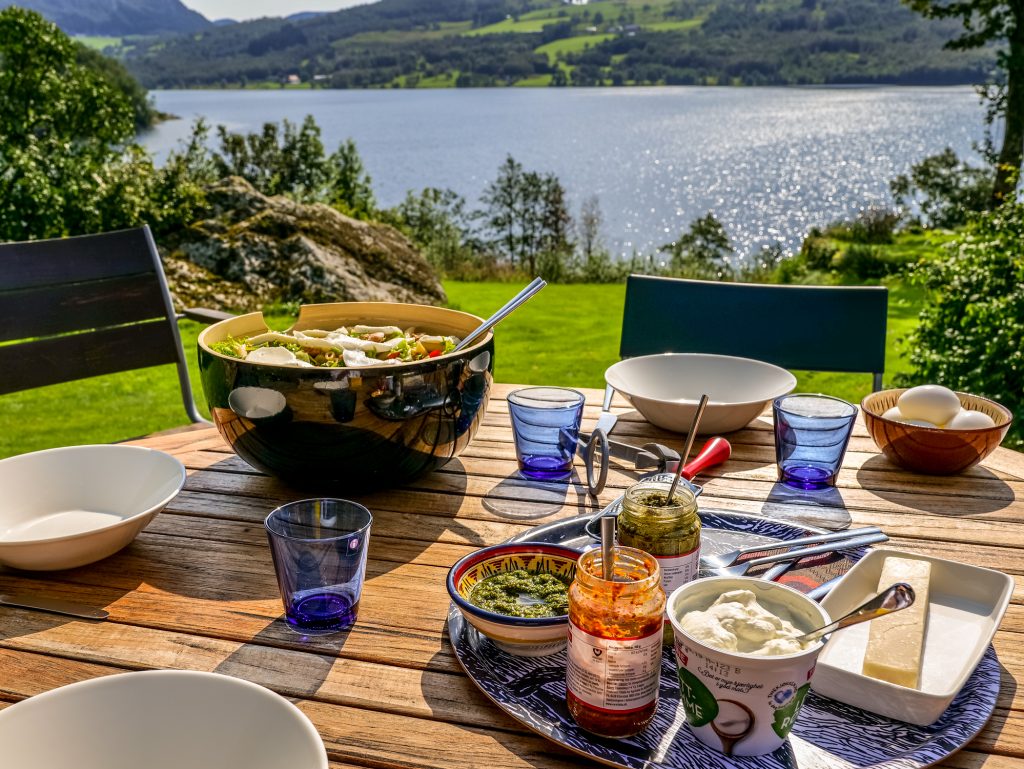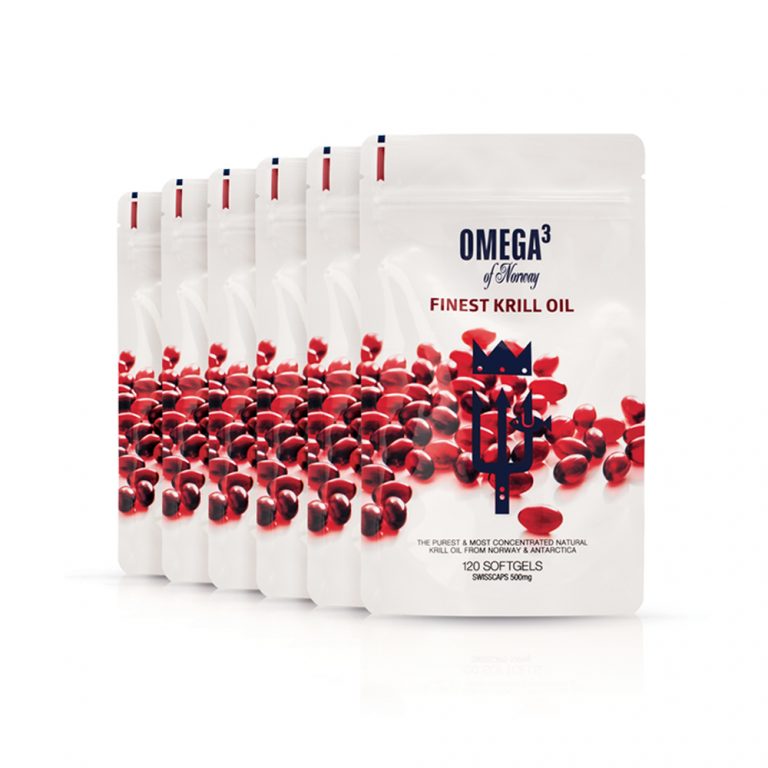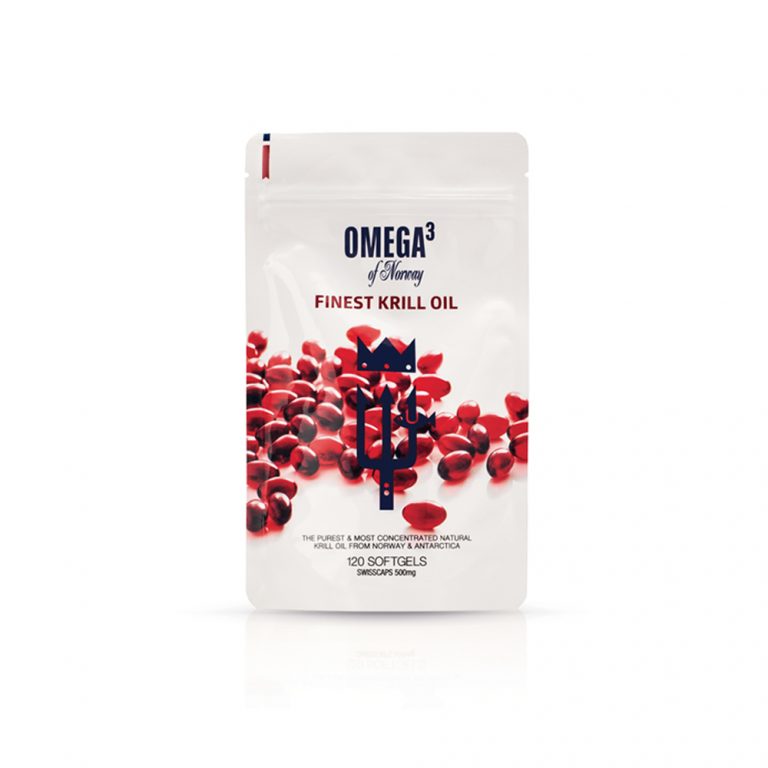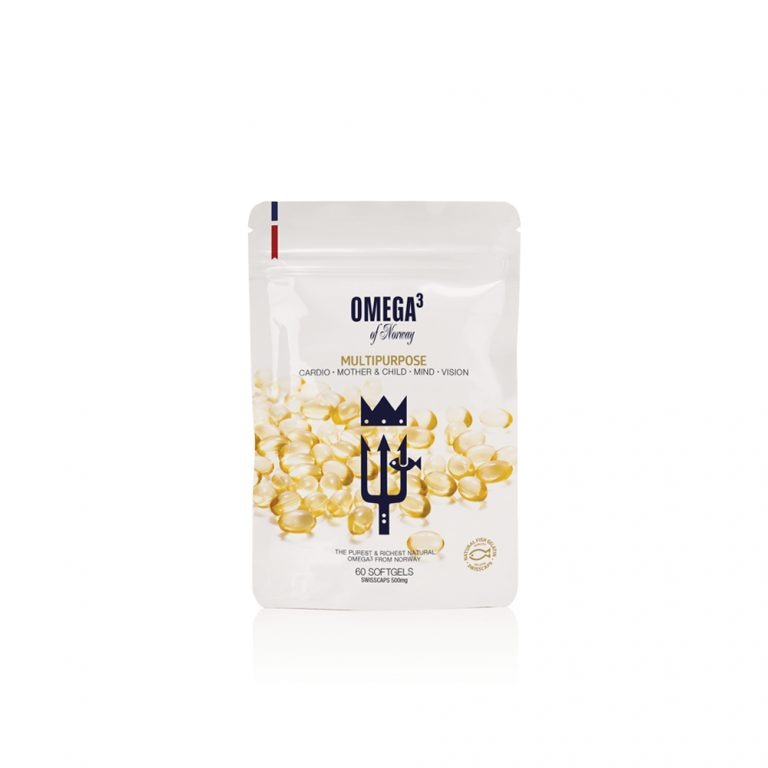A Norwegian Diet And Why You Should Try It!
A healthy lifestyle depends a lot on our nutrition, not just on how often and for how long we exercise for. Every country has its own specific cuisine and culinary culture which can have a big impact on our lifestyle choices. While most people know that a mediterreanean diet is healthy, few know that the traditional diet from northern Europe, Scandinavia, is also very beneficial for you. In this article we will explain what the so-called Nordic diet consists of and how it contributes to your wellbeing and how often different types contain Omega 3 fatty acids.
What Is The Nordic Diet?
The Nordic diet is a way of eating that focuses on local produce that can be found in the nordic countries of Europe such as Norway, Sweden, Finland, Denmark and Iceland. Of course, all those countries have a local traditional cuisine, but the Nordic diet is a more modern and health-conscious approach developed by a group of nutritionists, dieticians and chefs in 2004 who wanted to address the growing problem of obesity in Scandinavia.
Like everywhere in the world, the diet in Norway depends a lot on the geography of the country. There is a lot of coastline and very fertile waters supply an abundance of seafood. Norway has a long fishing tradition and has been exporting fish since the 12th century. Fishery still plays an important role in its economy today, salmon specifically is an important resource of the country and is Norway’s second biggest export, behind oil.
The Nordic diet is more to be understood as an eating pattern than a diet per se and does not focus on eliminating or restricting, but more on focusing the bulk of the diet on local whole foods.
Its main ingredients are oily fish such as salmon, herring and mackerel, as well as whole grains like rye and barley and a lot of vegetables like root vegetables. Orchard fruits and berries are also consumed a lot, as well as fermented dairy products like kefir or yogurt that are good for the gut. Meat-wise the focus lies on grass-fed animals and game as well as poultry, but there is a strong emphasis on fish compared to other cuisines and three servings a week are recommended. Additionally, canola or rapeseed oil is recommended in lieu of butter or other oils, and sugary drinks should be eliminated.

Set of scandinavian snack. Smorrebrod. Traditional open sanwiches, dark rye bread with different topping
Because of this emphasis on traditional, sustainable and locally sourced food this diet contains less sugar and fat but twice the amount of fiber and seafood than the typical Western diet. This typical Western diet contains a lot of processed foods and is heavy on meat and unhealthy fats.
The Nordic diet is similar to the mediterrean one, which is also considered to be very healthy and focuses on olive oil, nuts and fresh vegetables. However, the Nordic one focuses more on seafood and canola or rapeseed oil than on extra virgin olive oil.
Health Benefits Of The Nordic Diet
Research shows that sugary drinks, red meat and refined grains are not the best for our health and can even increase the risk of early death and cognitive decline. So a diet heavy on those items can be detrimental for our wellbeing. A standard Western diet as it is consumed in North America and parts of Europe might therefore need some overthinking.
No amount of exercise can compensate for a bad diet, so it is essential that we learn and know how to feed our bodies all the nutrients and vitamins it needs. The Nordic diet is a healthy way to eat because of its focus on seafood, vegetables and limited intake of processed food. It is a diet that is naturally rich in omega-3 fatty acids, vitamins and antioxidants. It also contains fiber and fermented dairy which are good for our digestive system and gut.
A study showed that this type of diet can help reduce the risk of developing a chronic disease and is also linked to a lower risk of diabetes and can help reduce blood pressure.
Looking at heart health specifically, some studies have shown that this diet can reduce blood pressure and also influence our blood-lipid levels. Triglycerides as well as “bad” LDL cholesterol can be reduced, while “good” HDL cholesterol can improve. This can have a positive impact on our heart health since those fats can contribute to a higher risk of heart attacks and strokes. A high concentration of triglycerides or LDL cholesterol can lead to the build-up of plaque which stiffens our artery walls and can increase the risk of blood clots that can cause a heart attack or stroke.
Eating or drinking too much sugar is not just a main factor for weight gain, but can also increase the risk for chronic health conditions such as type 2 diabetes and heart disease. These conditions are also linked to chronic low-grade inflammation processes in our body. Research has shown a positive impact of the Nordic diet on inflammation which might be due to the omega-3 fatty acids that naturally occur in fatty cold-water fish like salmon or mackerel. Those essential fatty acids have been shown to have anti-inflammatory properties and even support our immune system.
What Are Typical Seasonal Norwegian Foods
Of course not all Norwegians follow the Nordic diet, but surveys show that the common diet is still closely linked to the traditional foods that feature heavily in this new diet.
Below we will explore some more seasonal foods of Norway throughout the year and how the seasons influence the diet.
The 17th of May is constitution day or “syttende mai” and is celebrated by Norwegians both at home and abroad. Like with most holidays, food plays a big part in the festivities and mostly the day starts with a big breakfast featuring salmon, scrambled eggs and champagne. During the day there is more food like cakes, ice cream and hot dogs. A diet that does not sound very Nordic but on this special day, everything seems to go.
During summer the food gets lighter and fresher. Fruits like strawberries and apples are eaten a lot and made into pies. Shrimp is also popular, eaten cooked but cold with mayonnaise and lemon on white bread, best with a glass of white wine and a view over a fjord.
When the temperatures drop and the weather changes, Norway, like all northern countries, experiences a lot of darkness so the food gets heavier and heartier. Slow cooked lamb with cabbage and potatoes for example is the national dish and things get even cozier for Christmas!
There are several typical Christmas dishes but they all have in common that they feature fatty meat like ribs or sausages, but also fish with sides of seasonal or preserved vegetables like sauerkraut or cabbage. Potatoes also often make an appearance. The most particular dish might be lutskefish: dried cod that has been rehydrated by soaking it in a lye solution for several days and then boiled or baked and served with butter, salt and pepper. But it has quite a special taste so many Norwegians only eat it this one time a year.
Norway has a reputation for being one of the best countries in the world to live in and a recent study by the UNESCO ranked it as number one according to a human development index. While this certainly not only has to do with food, this diet does improve the health and wellbeing of the population and so contributes to a high quality of life.
Earlier we spoke about the health benefits of this specific diet. Because it is high in fatty fish it delivers a lot of omega-3 fatty acids to our system. However there is the option of further supplementing our body with these essential fatty acids EPA and DHA through taking food supplements such as the Fish Oil or Krill Oil capsules. These capsules contain high concentrations of these fatty acids and studies have shown that consuming such a food supplement brings many health benefits. From improving your heart health to clearing your skin or helping your muscles recover faster after exercise, omega-3 fatty acids can work wonders.
Head over to our shop and browse our range of products to find out how to improve your diet today!
Sources























